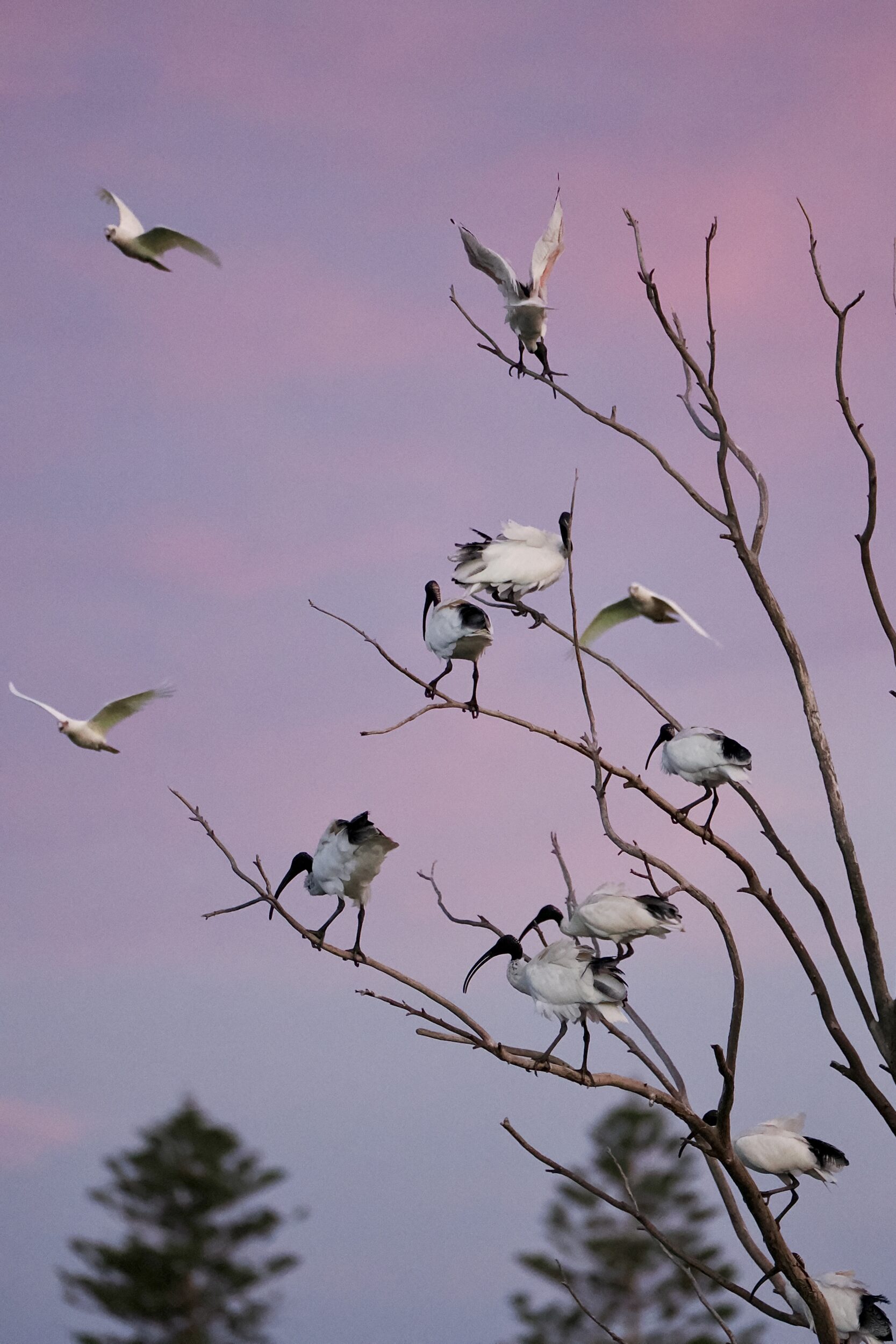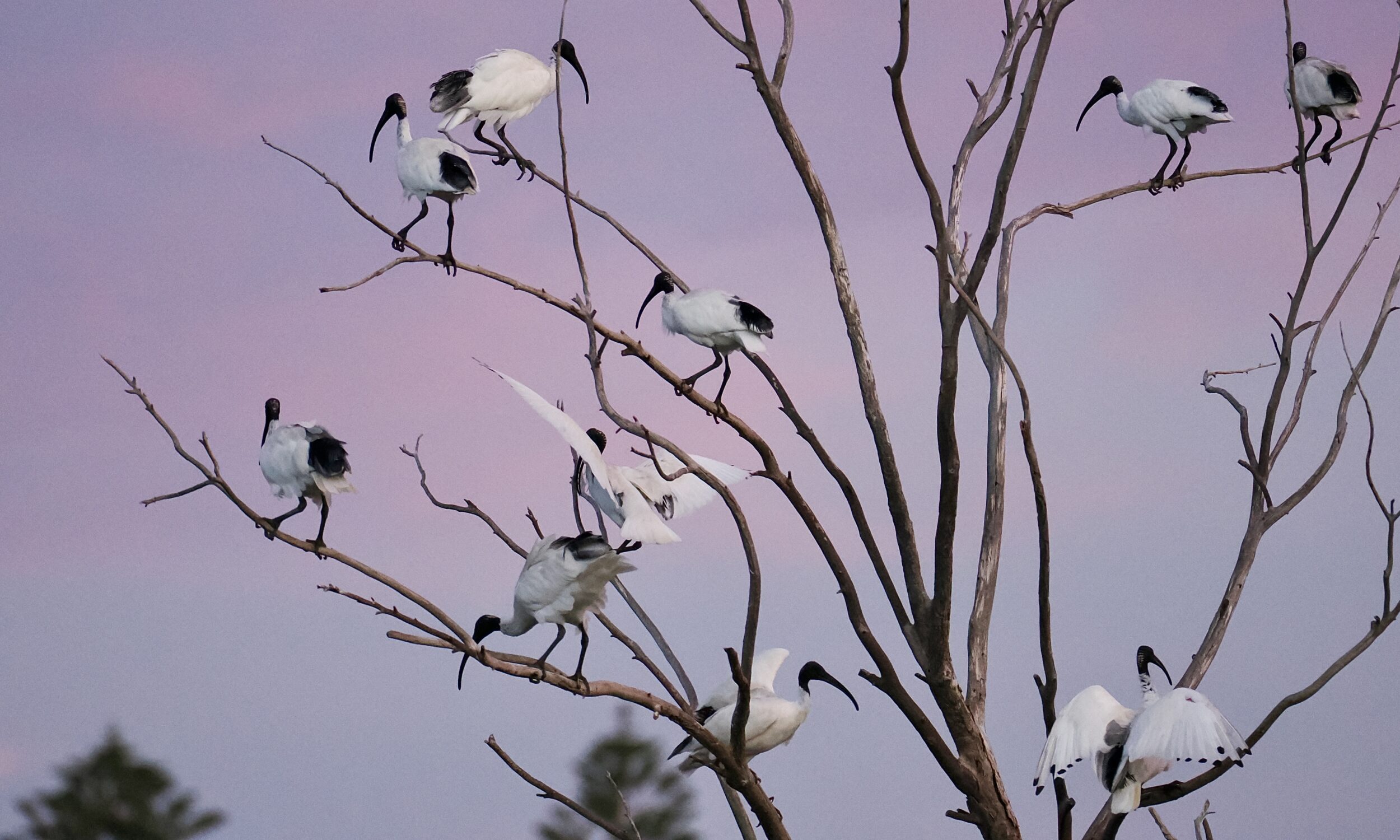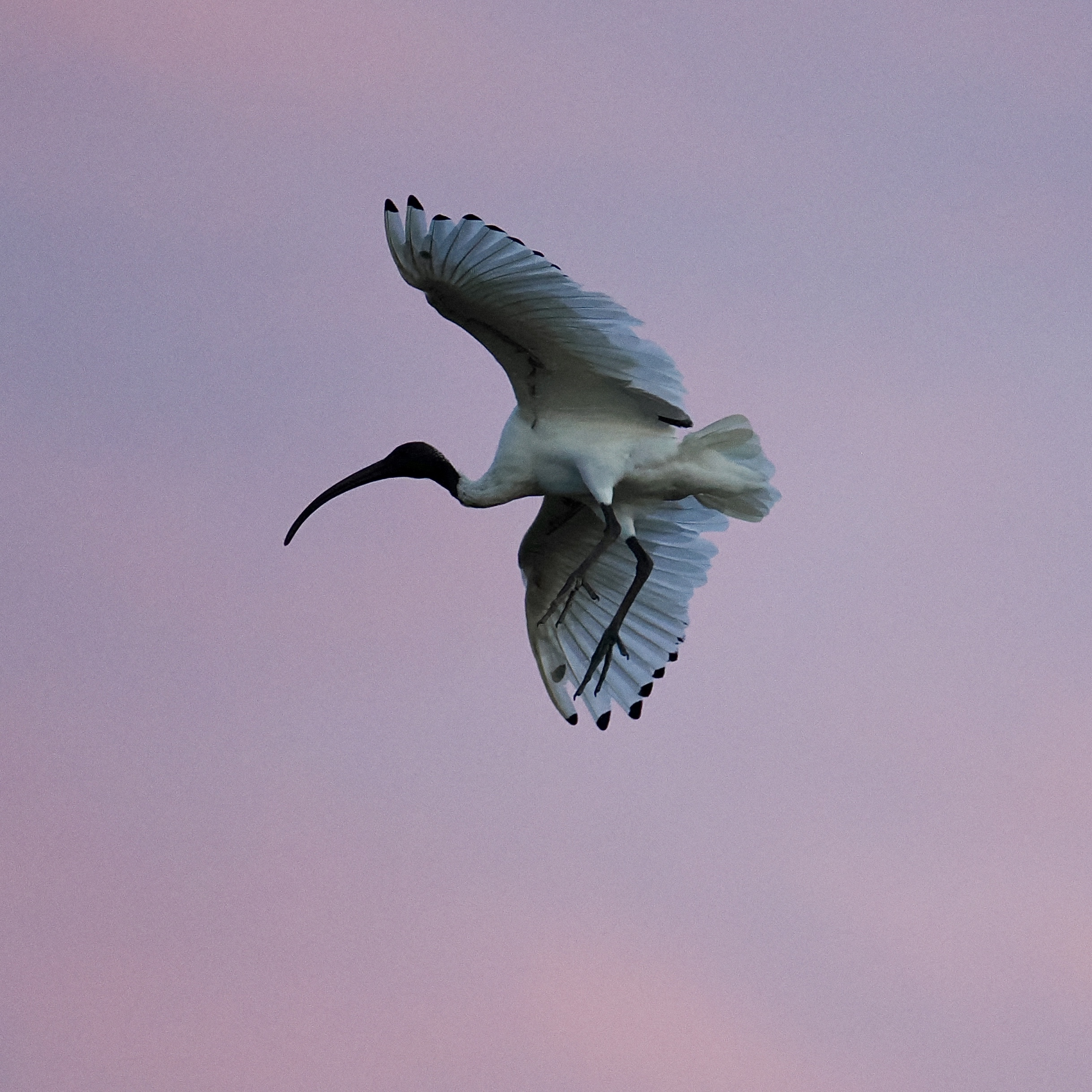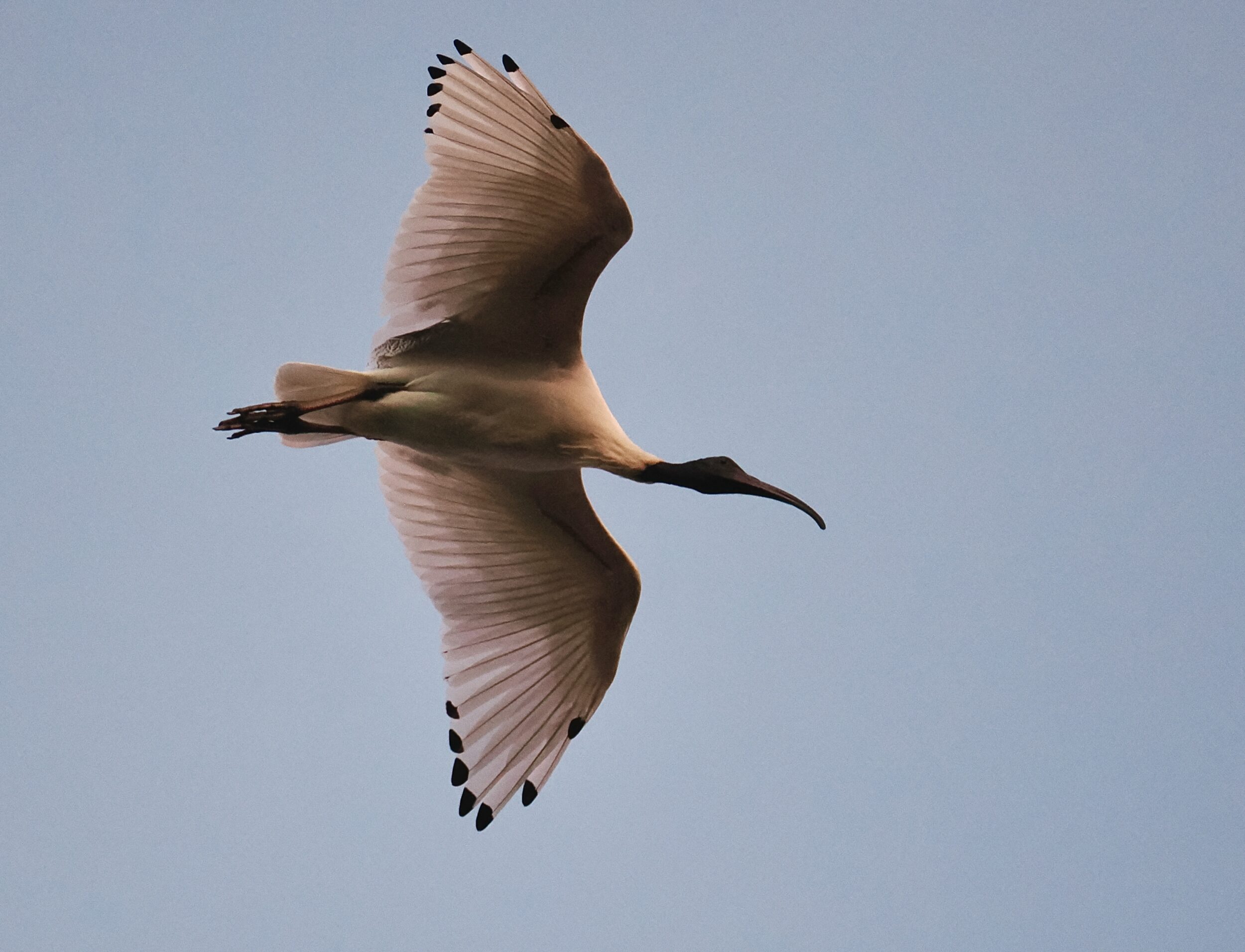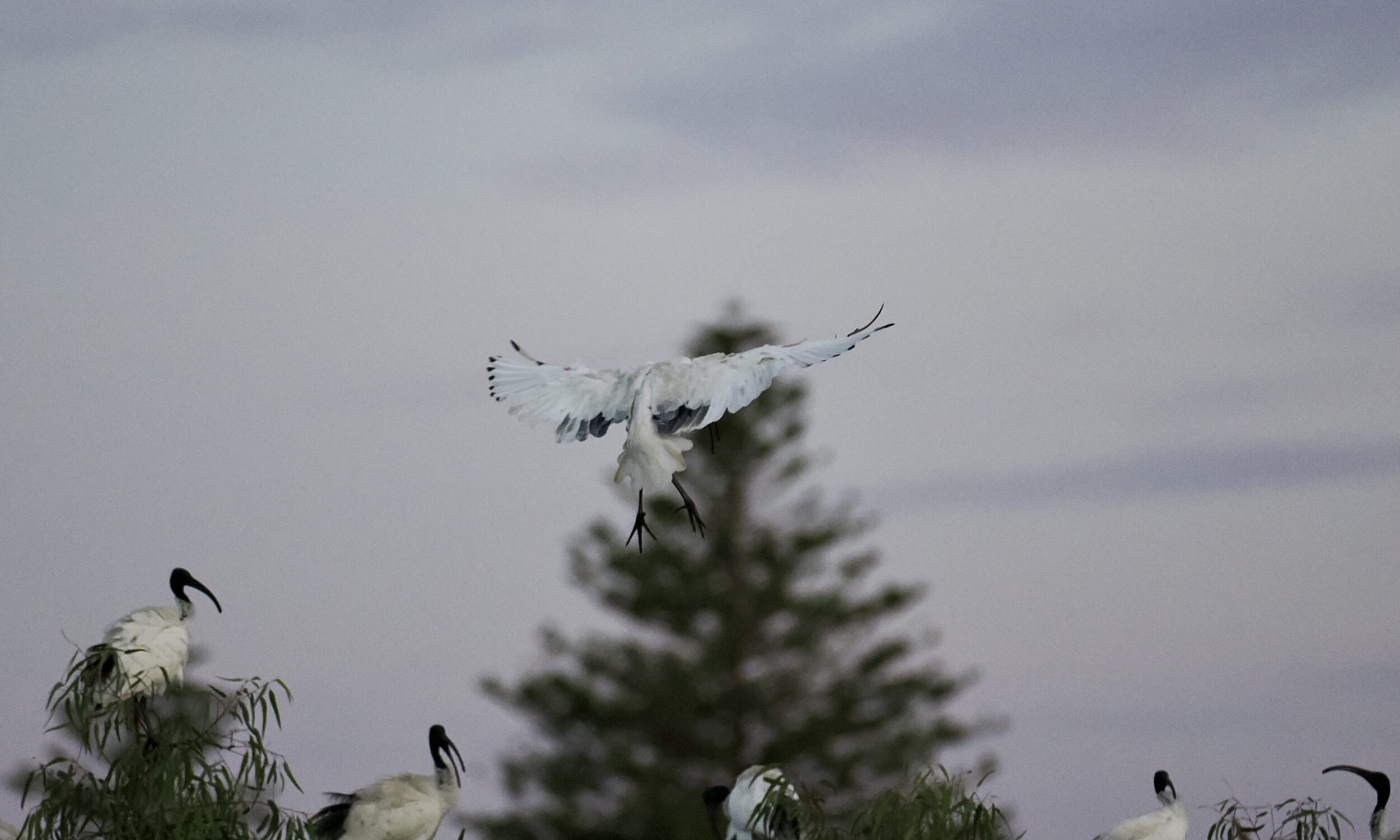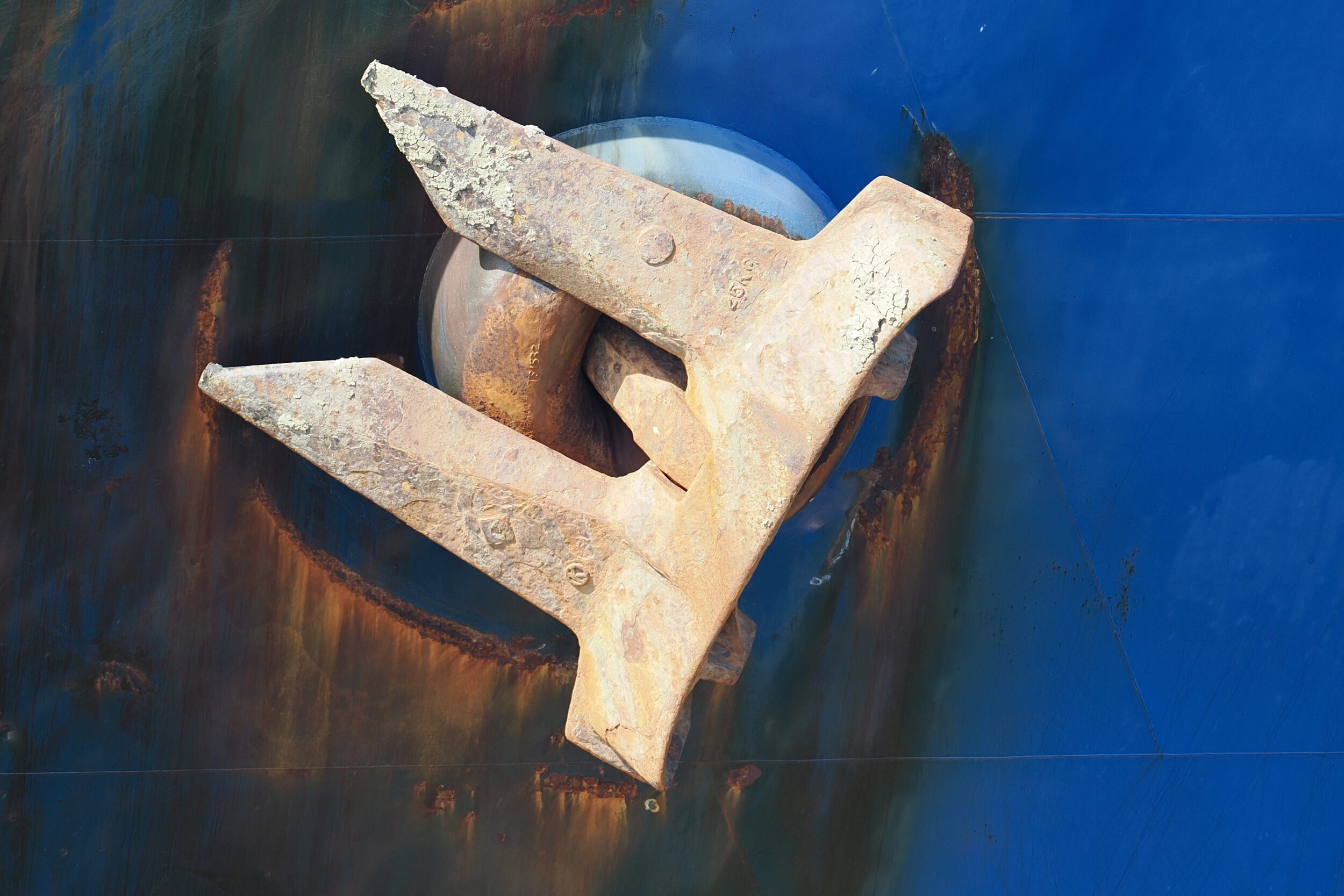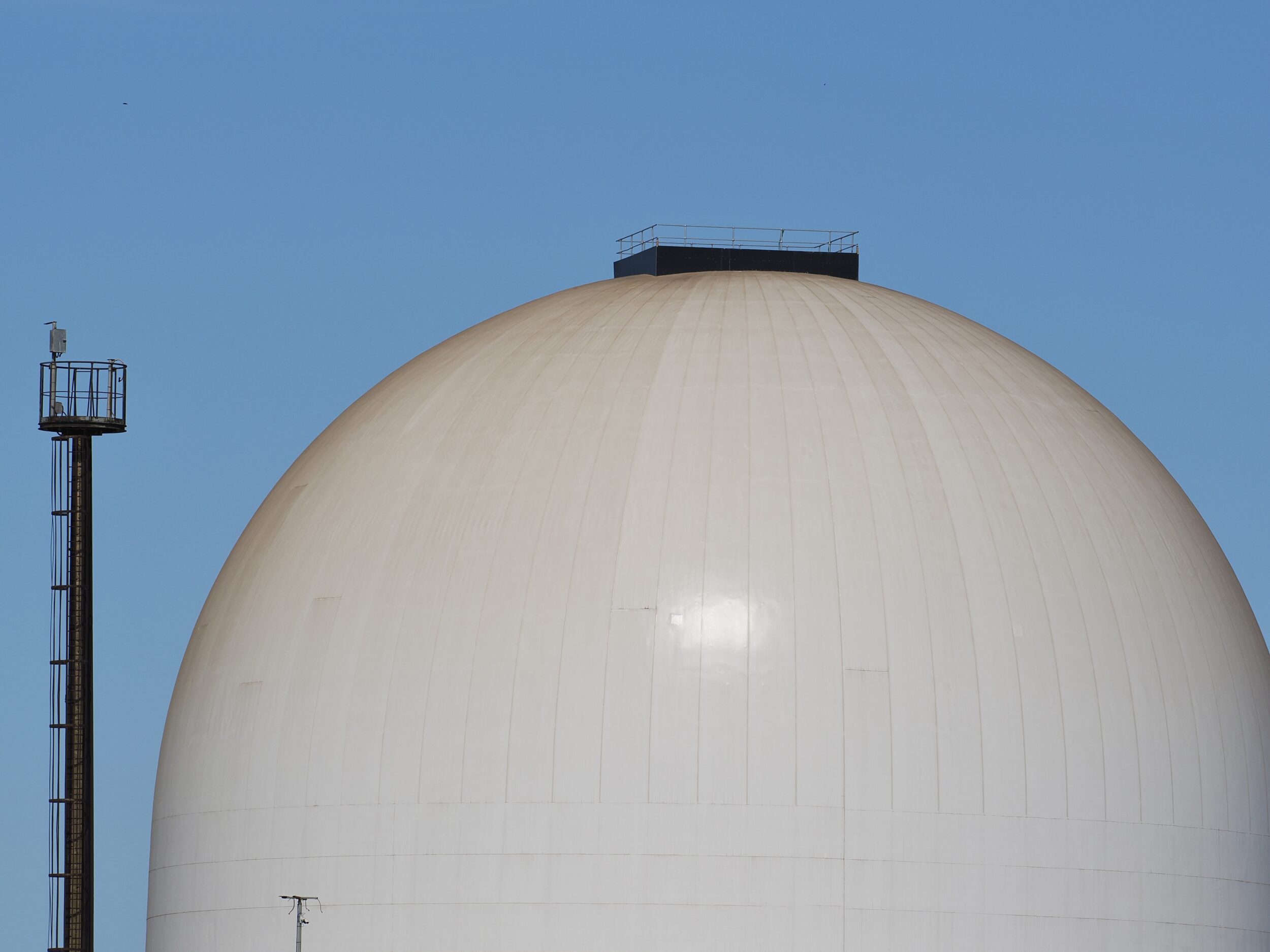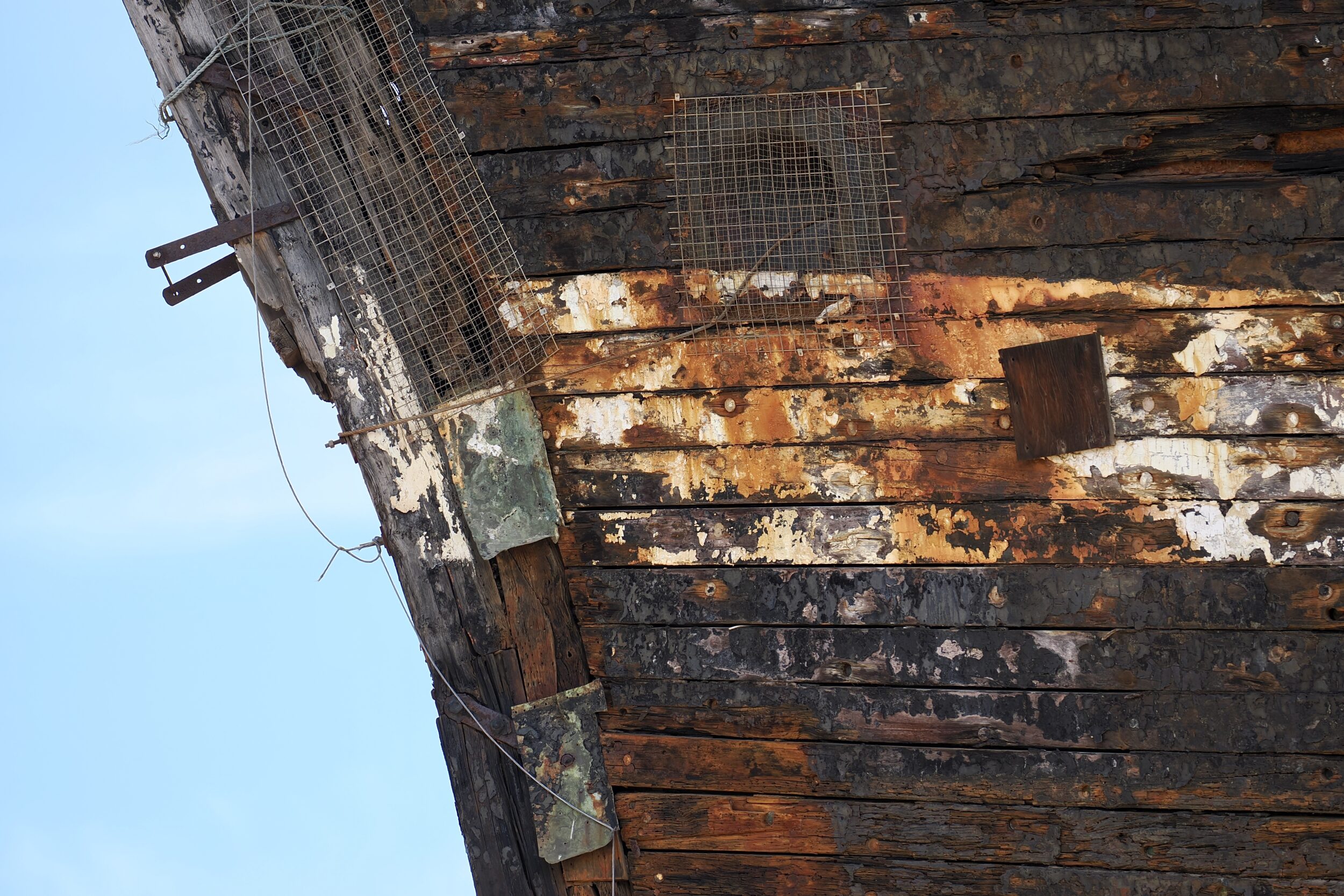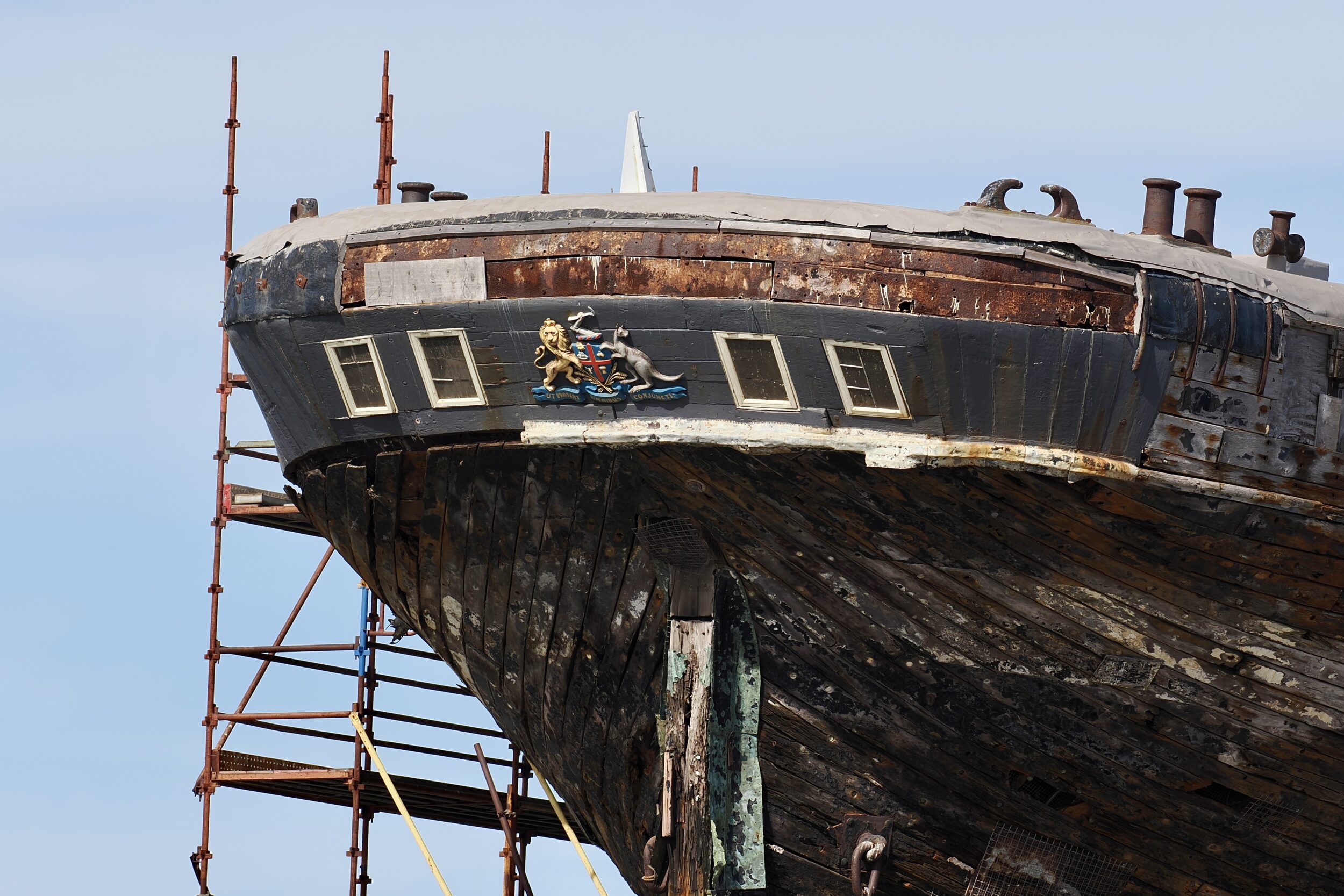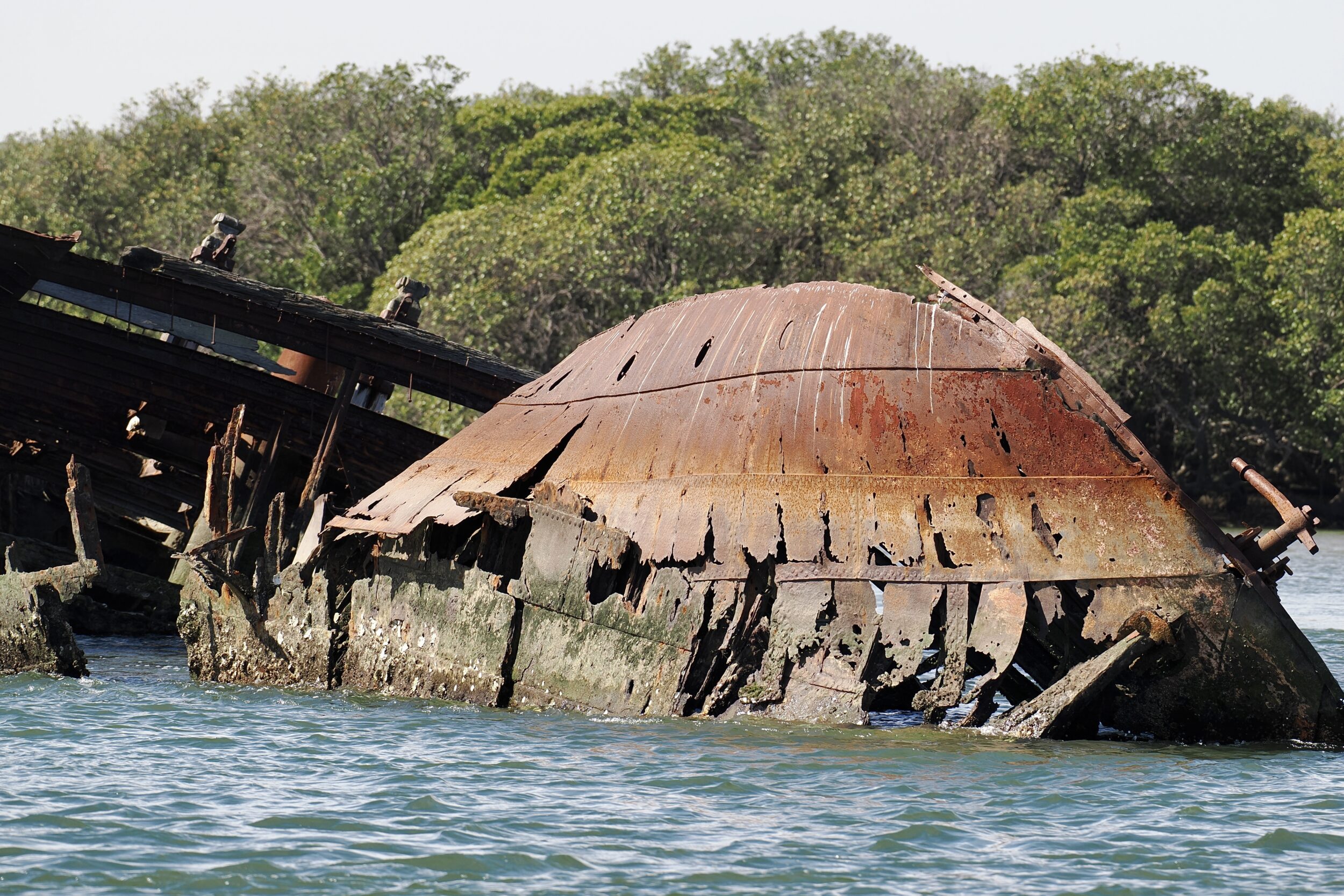This post’s photo was taken only a few seconds after the previous post’s.
As you can see, the “bin chickens” were not the only birds then coming in to roost at Lake Monger.
In recent months corellas have absolutely ravaged previously well-grassed parts of the Lake’s southern shoreline.
Leave a Comment